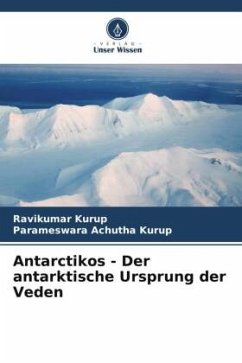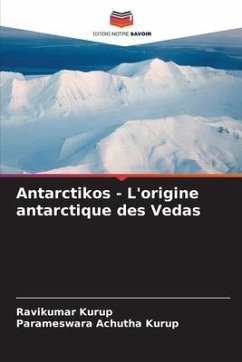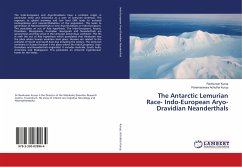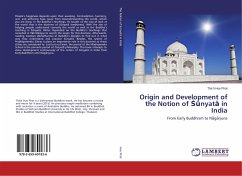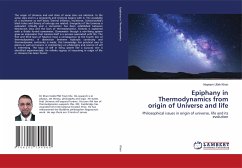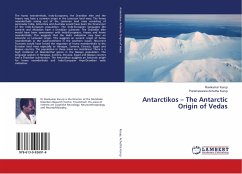
Antarctikos - The Antarctic Origin of Vedas
Versandkostenfrei!
Versandfertig in 6-10 Tagen
41,99 €
inkl. MwSt.

PAYBACK Punkte
21 °P sammeln!
The homo neanderthalis, Indo-Europeans, the Dravidian elite and the Aryans may have a common origin in the Lemurian land mass. The homo neanderthalis arising out of the Lemurian land mass consisting of peninsular India, Antarctica and Australia would have been the forerunner of the Indo-European population. The Indo-European languages like Sanskrit and Akkadian have a Dravidian substrate. The Dravidian elite would have been synonymous with Indo-Europeans, Aryans and homo neanderthalis. This suggests that the Vedic civilization may have an Antarctic or Lemurian origin. This suggests an oceanic ...
The homo neanderthalis, Indo-Europeans, the Dravidian elite and the Aryans may have a common origin in the Lemurian land mass. The homo neanderthalis arising out of the Lemurian land mass consisting of peninsular India, Antarctica and Australia would have been the forerunner of the Indo-European population. The Indo-European languages like Sanskrit and Akkadian have a Dravidian substrate. The Dravidian elite would have been synonymous with Indo-Europeans, Aryans and homo neanderthalis. This suggests that the Vedic civilization may have an Antarctic or Lemurian origin. This suggests an oceanic origin of homo neanderthalis in the supercontinent in the southern ocean. Recurrent Tsunamis would have forced the migration of homo neanderthalis to the Eurasian land mass especially to Harappa, Sumeria, Etruscia, Egypt and Basque country. The population in these areas are matrilineal. There is a high incidence of Neanderthal genes in the Basque population. The language spoken in Harappa, Sumeria, Etruscia, Egypt and Basque country had a Dravidian sub-stratum. The Antarctikos suggests an Antarctic origin for homo neanderthalis and Indo-European Aryo-Dravidian vedic civilization.



